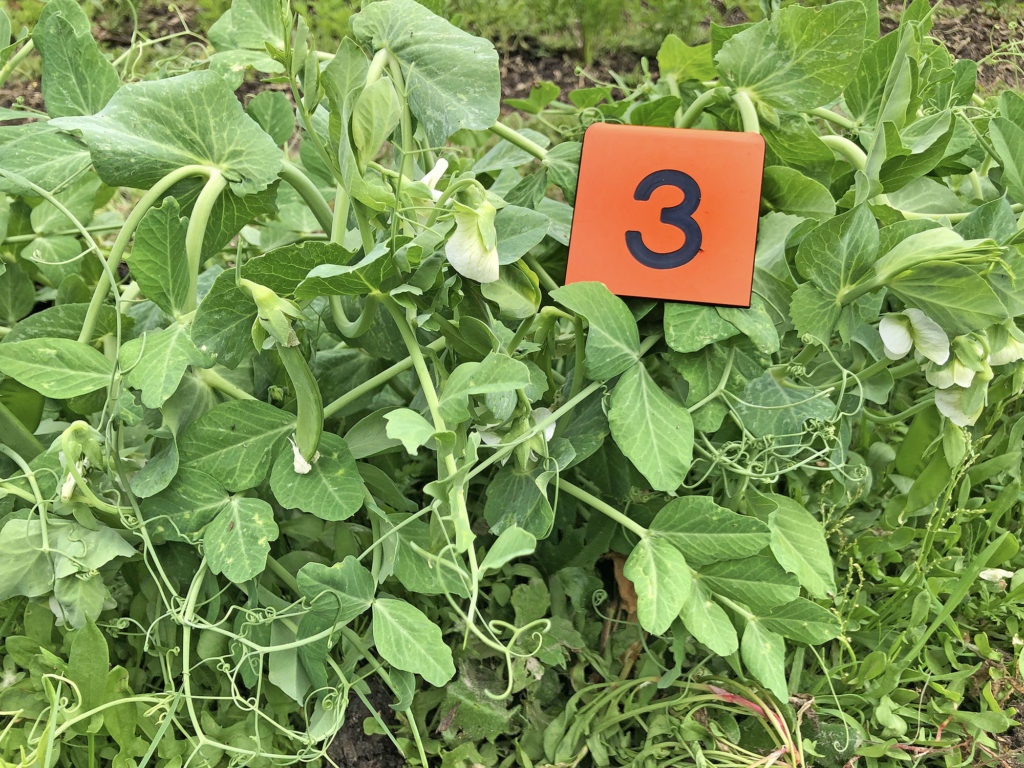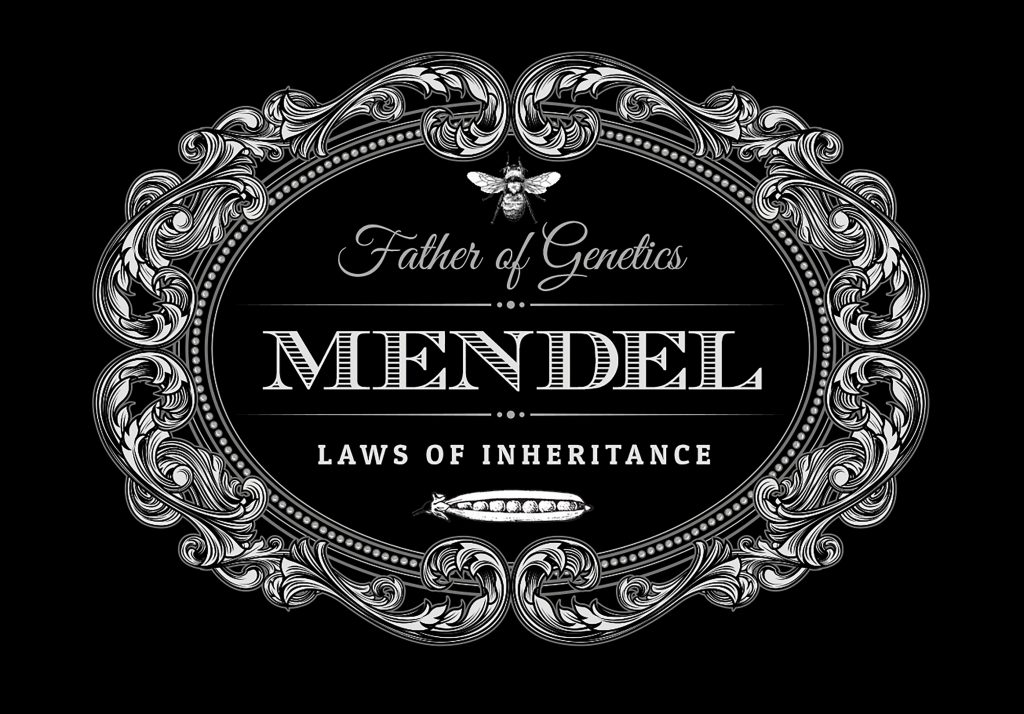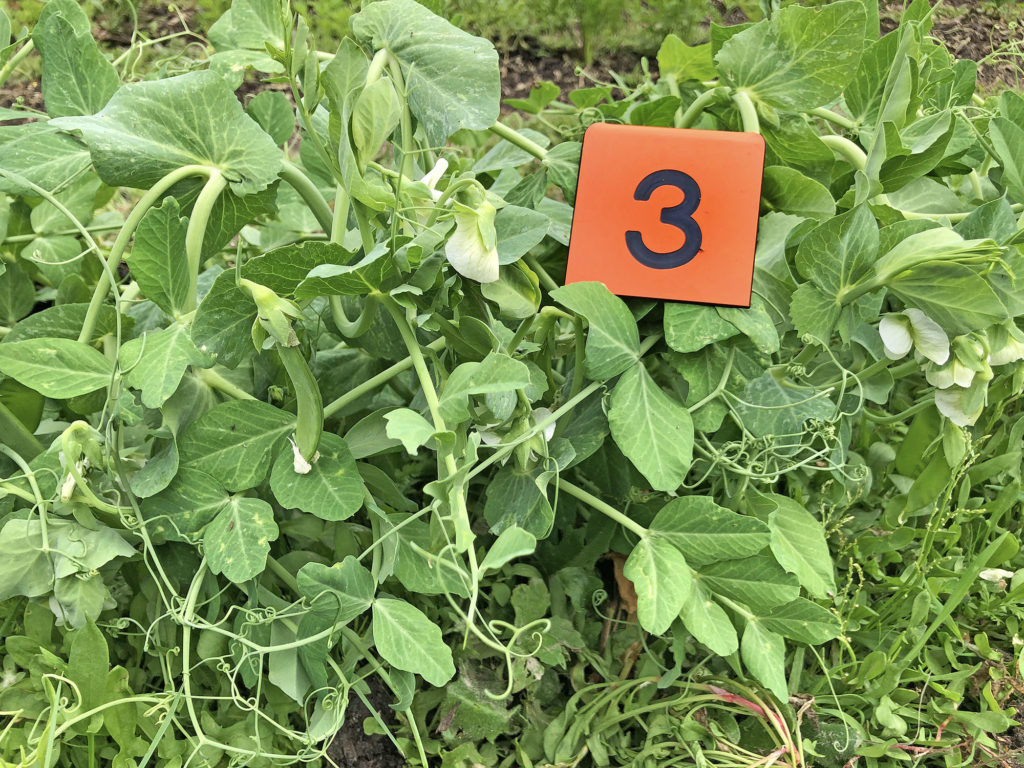
Mendel Describing Inheritance with data


Mendel Objectives
-
Describe early interpretations of inheritance, including the errors made in analyzing available data.
-
Explain what occurs in a monohybrid cross between two corn kernel colors, including the resulting genotypes and phenotypes of the first (F1) and second (F2) generations.
-
Provide a synopsis of Mendel’s life and work, including Mendel’s principles of inheritance.
Studies of inheritance, traits passed from parents to offspring, began thousands of years ago.
Artificial selection was underway, producing grains, cattle, and many other modified species.
Many of the early ideas of inheritance may seem absurd to us now, but consider that we have developed a large knowledge base, as well as technologies for data collection and analysis.
Many of the early interpretations of data were flawed; impacted by incomplete data and logical errors that resulted in incorrect inferences. There may have been many people in agriculture who had more accurate understandings of inheritance; like traits clearly not a blend of the parents, but the body of shared scientific knowledge was lacking key information prior to Mendel’s work being “discovered.”
In the following video, Mark demonstrates a corn cross that has been observed in agriculture for over a century. Counting the colors and developing a ratio is a method we attribute to Mendel and his pea plant experiments.

Gregor Mendel observed, experimented, and analyzed data. His laws provided an accurate description of some forms of inheritance, laying the groundwork for future advancements. It took almost a century for other researchers to develop an explanation, or theory, for what Mendel was describing.
Law: Description of a natural phenomenon supported by a body of knowledge.
Theory: Explanation of a natural phenomenon supported by a body of knowledge.
This video provides an overview of Mendel and his work.
Key Terminology
Gene: the part of DNA that codes for a protein
Allele (or factor): version of a gene
Dominant: this allele’s protein is produced
Recessive: when the dominant allele is present, the recessive allele’s protein is not produced
Genotype: the combination of alleles (factors) in an organism
Phenotype: the observable traits
The next section introduces Punnett Squares; tools used to organize inheritance data and predict offspring genotypes and phenotypes.

Check your knowledge. Can you:
-
describe early interpretations of inheritance, including the errors made in analyzing available data?
-
explain what occurs in a monohybrid cross between two corn kernel colors, including the resulting genotypes and phenotypes of the first (F1) and second (F2) generations?
-
provide a synopsis of Mendel’s life and work, including Mendel’s principles of inheritance?



